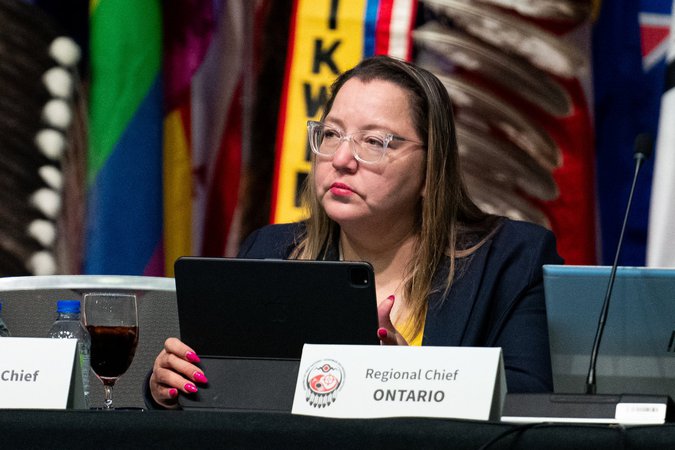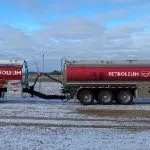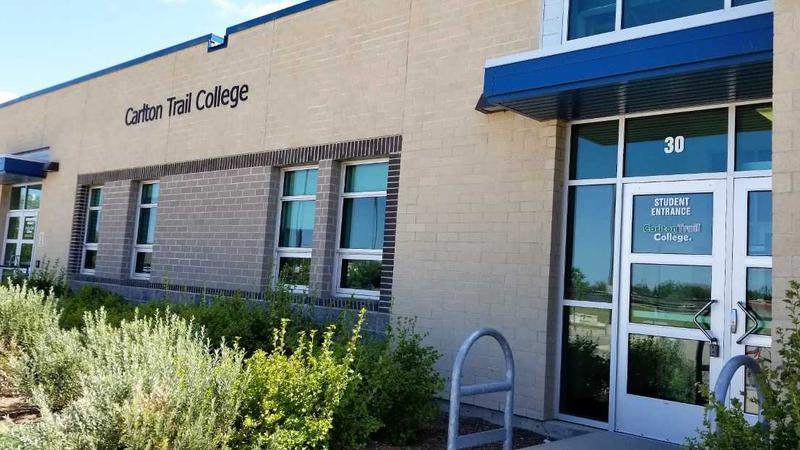
Boost Indigenous business to counter Trump’s tariff threats, leaders say
OTTAWA — As U.S. President Donald Trump’s tariff threats rattle Canadian investors, the head of a group representing thousands of Indigenous businesses is calling for governments and Canadians to boost their support of First Nations firms that have strong ties to the land and are less likely to move south.
“We have relied on foreign investment and foreign actors to come to Canada to set up shop to manufacture, and the government highly subsidizes this. But what is the return on investment from doing that?” said Shannin Metatawabin, CEO of the National Aboriginal Capital Corporation Association.
“Support Indigenous businesses that are looking to actively create manufacturing facilities on their First Nation, utilizing their members. That’s a direct impact for Indigenous people that supports the Canadian economy.”
Trump has threatened to impose 25 per cent across-the-board tariffs on all Mexican and Canadian imports — with a lower 10 per cent tariff on Canadian energy. He called it an economic penalty to compel America’s two geographical neighbours to stop illegal flows of fentanyl across the border, though he has also tied it to trade, complaining that both Canada and Mexico export more to the U.S. than it exports to them.


